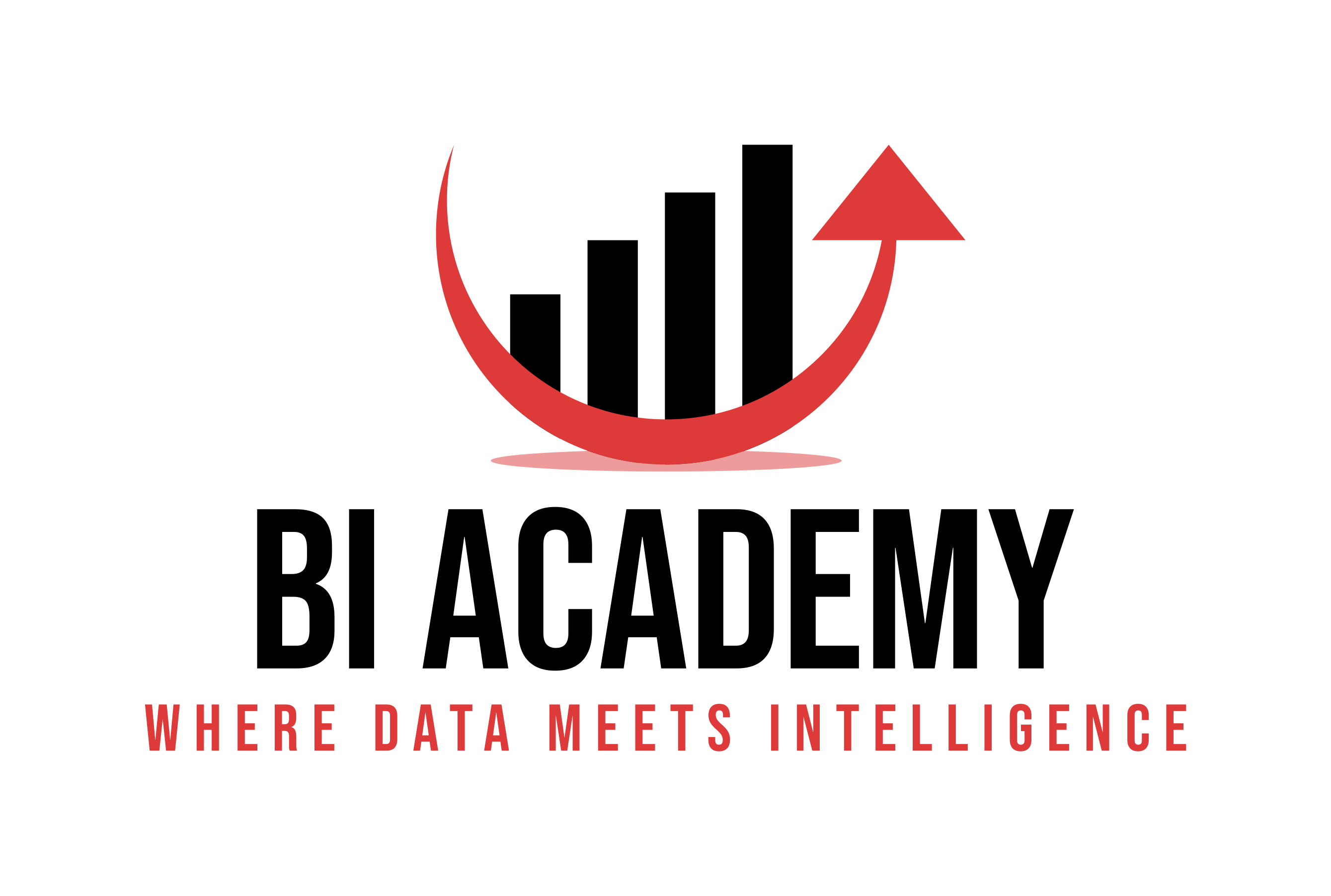Behind every successful MicroStrategy project stands an Architect. While developers and analysts create dashboards and reports, the Architect designs the schema—the semantic layer that makes everything else possible.
A well-designed MicroStrategy schema ensures consistent data, enforced business rules, and trusted insights across the organization. Without it, BI quickly fragments into conflicting reports and endless “data disputes.” That’s why MicroStrategy Architects are among the most valuable—and hardest-to-find—professionals in enterprise analytics.
What you’ll learn (hands-on with the latest MicroStrategy)
-
Think like an Architect: bridge raw data warehouse tables to the semantic layer that powers enterprise reporting.
-
Understand how MicroStrategy organizes facts, attributes, hierarchies, and transformations into a coherent schema.
-
Set up projects in Workstation and Developer, register warehouse tables, and configure connections.
-
Create and validate schema objects, resolve common design issues, and apply performance optimization best practices.
-
Deliver business value end-to-end with a Sales Analytics project that mirrors real-world challenges.
Why this matters
The schema is the single most important part of any MicroStrategy project. It drives governance, performance, reusability, and trust. Mastering schema design separates beginners from true BI Architects—and makes you a high-impact hire in any enterprise analytics team.
Who this course is for
BI developers, analysts, and aspiring MicroStrategy Architects who want to design reliable, scalable schemas for enterprise reporting—not just build one-off dashboards.
Outcome: By the end, you won’t just know how to use MicroStrategy Architect. You’ll understand why organizations struggle without strong schema design—and how to position yourself as a rare, high-value BI professional.


